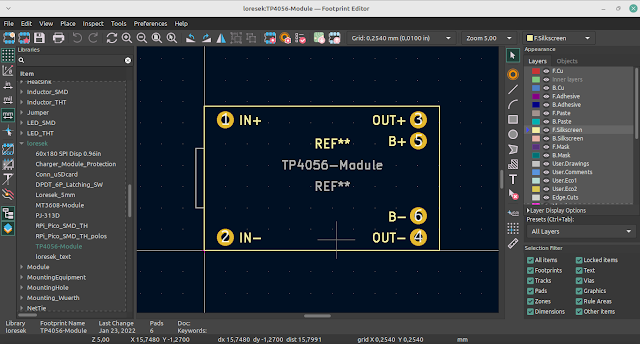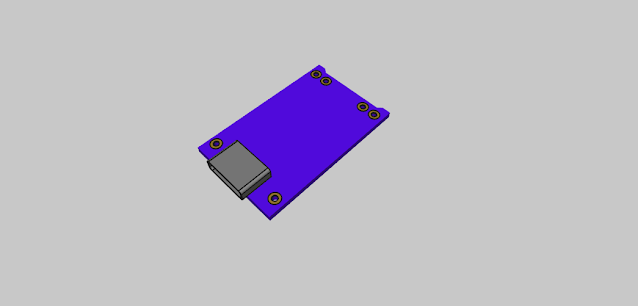PCI Express Libraries and Templates for KiCad: Simplifying High-Speed Design
Introduction to PCI Express
PCI Express, commonly known as PCIe, is a high-speed interface standard used for connecting various components within a computer system. It plays a pivotal role in modern computing, facilitating fast data transfer between devices such as graphics cards, storage drives, and networking cards. The PCIe standard continues to evolve, offering faster speeds and increased bandwidth with each new iteration.When designing PCBs (Printed Circuit Boards) that incorporate PCIe connectors and components, it's crucial to have access to accurate libraries and templates to ensure a smooth and error-free design process. This is where the PCI Express libraries and templates for KiCad come into play.
Download PCI Express Libraries and Templates
To simplify the integration of PCIe components into your KiCad projects, you can download comprehensive libraries and templates from the following link:
These resources provide an invaluable foundation for designing high-speed PCIe interfaces.
Contents
Templates:
- x1 cards: full size, half length, low profile
- x4 cards: full size, half length, low profile
- x8 cards: full size, half length, low profile
- x16 cards: full size, half length, low profile
Symbols:
- x1
- x4
- x8
- x16
- Bracket
Footprints:
- x1 with multiple card outlines
- x4 with multiple card outlines
- x8 with multiple card outlines
- x16 with multiple card outlines
- Full height bracket (with 3D model)
- Low profile bracket (with 3D model)
- Low profile to full height adapter bracker (with 3D model)
How to Use (Libraries and Templates) in KiCad
Incorporating these libraries and templates into your KiCad workflow is straightforward:
- Download and Extract: Start by downloading the PCI Express libraries and templates from the GitHub repository. Extract the contents of the downloaded files to a location on your computer.
- Open KiCad: Launch KiCad or open your existing KiCad project.
- Configure Library Paths: In KiCad, navigate to "Preferences" > "Manage Symbol Libraries" for schematic symbols or "Manage Footprint Libraries" for PCB footprints.
- Add Libraries: Click "Add" and browse to the directory where you extracted the PCI Express libraries. Select the appropriate library files and add them to your KiCad library list.
- Assign Components: In your schematic, you can now search for and assign PCIe components from the newly added libraries.
- Place and Route: During the PCB layout phase, use the provided templates to guide the placement of PCIe connectors and associated components. The templates ensure correct alignment and spacing for reliable high-speed signal routing.
Tips and Tricks
Designing with PCIe in KiCad can be intricate due to the high-speed nature of the interface. Here are some tips and tricks to keep in mind:
- Signal Integrity: Pay close attention to signal integrity principles, including impedance matching and proper ground plane design, to maintain the integrity of PCIe signals.
- Differential Pair Routing: Use KiCad's differential pair routing features to ensure accurate and matched-length signal traces for PCIe lanes.
- Keepout Areas: Be mindful of keepout areas and placement constraints, which are crucial for PCIe connectors and components.
- Check for Updates: Regularly check for updates to the PCIe libraries and templates to ensure compatibility with the latest PCIe specifications.
- Simulation: Consider using signal integrity simulation tools to verify your design and identify potential issues before fabrication.
Conclusion
The availability of PCI Express libraries and templates for KiCad is a boon to PCB designers working with high-speed interfaces like PCIe. These resources simplify the design process, ensuring that your PCIe-based projects adhere to industry standards and best practices.
By integrating these libraries and templates into your KiCad workflow, you not only streamline your design process but also enhance the reliability and performance of your PCIe designs. Whether you're working on a complex PCIe-based project or simply looking to expand your KiCad toolkit, these resources are a valuable asset for PCB designers.











